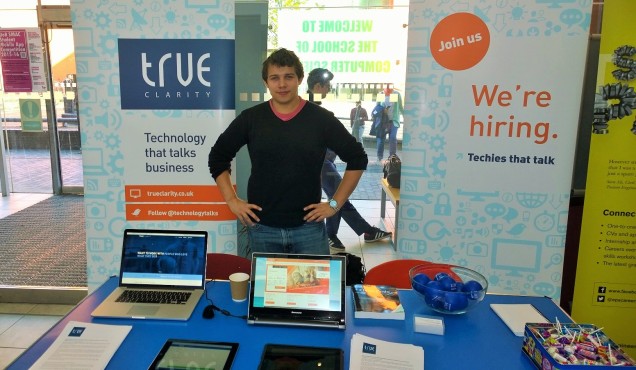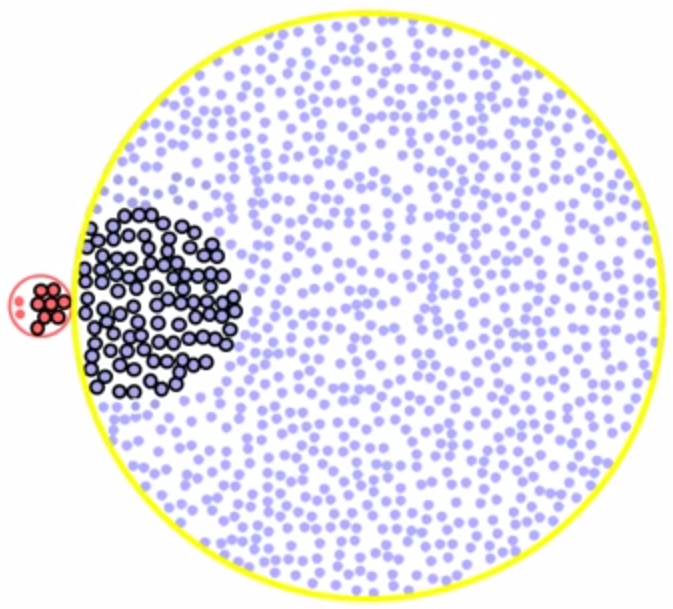The Challenge
To increase your customer’s consistency of experience with your company’s products and services.
The Direction
- Understanding where the opportunities lie for collecting data within your company.
- Collecting the right type of data (securely) from your interaction points
- Reaping knowledge from the data to increase consistency across platforms
- Analysing and acting on feedback to respond quickly and constantly
The Actions
Let’s assume you know where people experience you and yours, typically: adverts, at the tills, trade fairs, award ceremonies, social media, ticket collection point, email, website, product download, newspapers, in the shops, in the press, in the aisles etc. It was the lack of integration between them that was a major challenge.
Get on Sitecore 9 in the cloud
We’ve gone past the tipping point of cloud hosting, so you really should get on it soon grandma, if not your speed to market and feedback loop will get even slower. Sitecore are pushing Azure hard and the benefits of the partnership with Microsoft are there to see, however you’re always free to use AWS, GCP or a private cloud. Whether you’re upgrading, lifting-and-shifting, starting afresh or a hybrid, look at cloud hosting.
Collect data using Sitecore
Sitecore Experience Management/Platform © ™ ® includes:
– Multi-site and Multi-language management
– Marketing Automation
– A/B & multi-variant testing
– Machine-learning based optimisation
Which all brings useful and usable data into Sitecore’s Experience Database (xDB) © ™ ®. If Sitecore’s own features and modules don’t do it then…
Plug everything else into Sitecore
Bring together your data sources into xDB; ticketing systems, internal databases, Salesforce, Eloqua, payment providers, this API and that API and all website interactions. Headless Sitecore is a beautiful thing, it’s not just an expensive CMS, it’s a door opener. If you’ve got multiple CMSs, fine, use Sitecore’s Federated Experience Manager (FXM) to correlate data.
Use the Data Luke
Personalisation is one way but it’s not the only way. Please don’t just focus on making Barry from Cardiff feeling special on a Tuesday morning as the buys a can of Special Brew. He feels special enough already, and he won’t remember anyway.
Use the data to be relevant, valuable and and remember the Challenge you should be focussing on, to provide a consistent experience. Re-visit the high value areas where you’ve touched each other, was it good, was it as expected, was it consistent, would they want to do it again? Hopefully it’s a yes to all of those but you will only find out through…
Constantly reviewing and acting on feedback
Not at a quarterly where Sharon in sales says she’s heard that someone said popcorn prices are too high. Did that recommendation work? Yes/No -> act. You have the data, you have the knowledge so what’s it saying that needs to be acted upon and then act upon it quickly, then again, then again until it’s happening so regularly that you wish a computer could do it for you.
If you’re not improving then what’s the point?
Postscript
Although I work on Sitecore and it’s technology remember it’s not the technology that’s the driver behind this, it’s the people. Always maintain the human element of interacting with the customer.
About me – I’m an Account Director at True Clarity where we focus on getting the most out of Sitecore for our clients, who include easyJet, Dyson, ASOS, the Conservative Party and Sophos. I’ve also just come back from the most excellent 2017 Sitecore Symposium where Sitecore 9 was launched.



